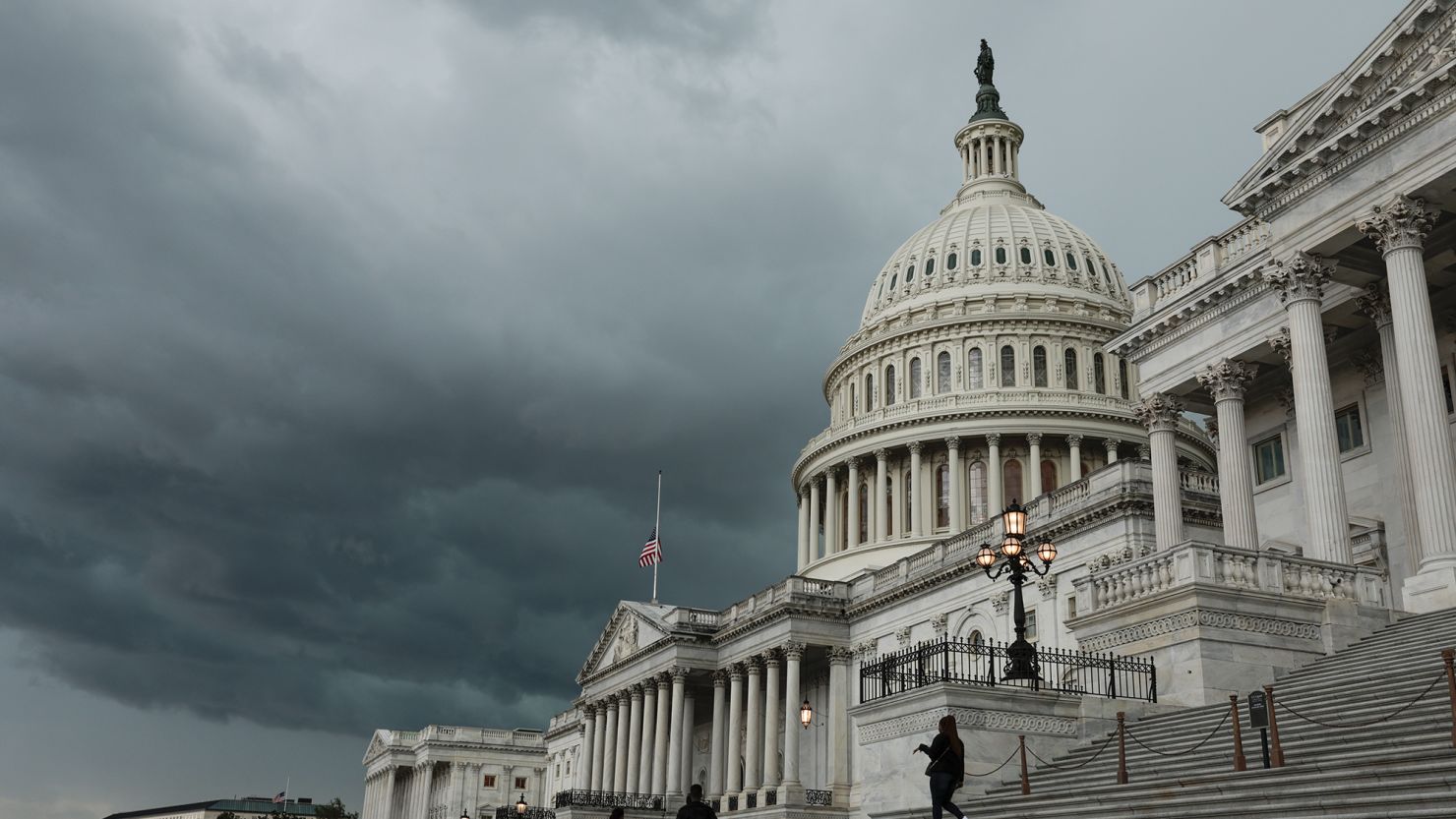It’s rare for an incumbent member of Congress to lose a primary. It’s even rarer for an incumbent member of Congress to lose a primary to a colleague of the same party.
A new proposed congressional map in New York, however, could lead to several of those outcomes if implemented. The draft of the map, which was drawn by a court-appointed expert and unveiled Monday, has led to a raft of Democratic infighting, possibly forcing a handful of House members into primaries against each other.
At the center of the controversy is New York Rep. Sean Patrick Maloney, who leads the Democrats’ House campaign arm. He caused an uproar when he announced he would run in the newly drawn 17th Congressional District in the state. The current version of that district is represented by freshman Rep. Mondaire Jones, who is Black. New York Rep. Alexandria Ocasio-Cortez went as far as to say Maloney should step down as chairman of the Democratic Congressional Campaign Committee if he runs against a fellow incumbent.
In a letter urging the court to reconsider the map, the DCCC argued that four of New York’s Black incumbents could end up in primaries against each other, potentially harming the state’s diverse representation. In addition, the new map could pit two powerful committee chairs – longtime Reps. Jerry Nadler and Carolyn Maloney – against one another. New York’s map is expected to be finalized Friday.
While tensions are running particularly high in New York at the moment, these incumbent-vs.-incumbent primaries are a natural outcome of the redistricting process, which occurs every 10 years. When new lines are drawn and states gain or lose seats, some members of Congress are inevitably forced into the same district.
One such example has already played out this year in West Virginia, where Republicans Reps. Alex Mooney and David McKinley faced off in the 2nd Congressional District. Mooney, with former President Donald Trump’s endorsement, emerged from the May 10 primary.
As CNN’s Simone Pathe and Gregory Krieg have laid out, there are four more of these primary battles on the horizon, including one next Tuesday:
* Georgia’s 7th Congressional District (May 24): Democratic Reps. Lucy McBath and Carolyn Bourdeaux square off in the Atlanta suburbs.
* Illinois’ 6th Congressional District (June 28): Democratic Reps. Sean Casten and Marie Newman are running against each other in the Chicago suburbs. Newman defeated Rep. Dan Lipinski in a primary in 2020.
* Illinois’ 15th Congressional District (June 28): Republican Reps. Rodney Davis and Mary Miller, a House Freedom Caucus member backed by Trump, are running against each other in the western part of the state.
* Michigan’s 11th Congressional District (August 2): Democratic Reps. Andy Levin and Haley Stevens face off in a progressive-vs.-moderate fight north of Detroit.
The Point: In most of these cases, whichever incumbent wins the primary will be favored to hold the seat in the general election. But as New York most clearly illustrates, member-vs.-member races can result in ugly intraparty skirmishes when lawmakers would rather be focused on holding (or reclaiming) congressional majorities in November.




